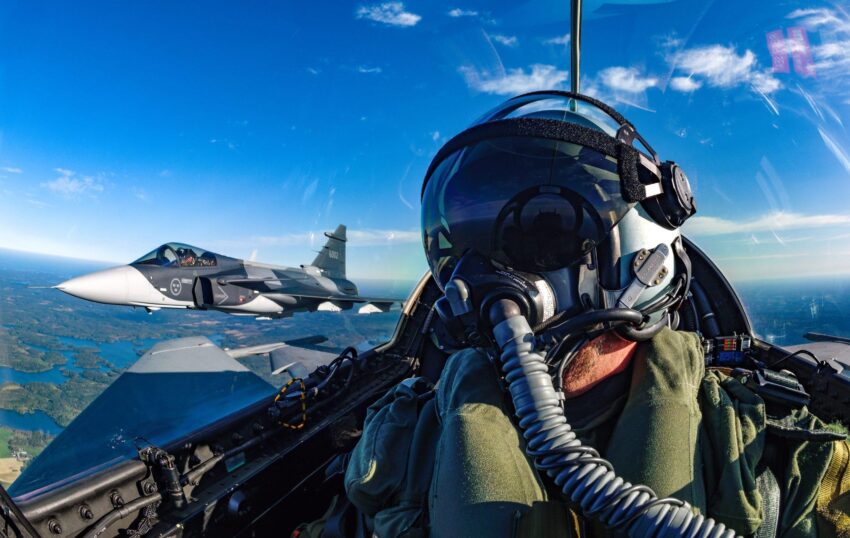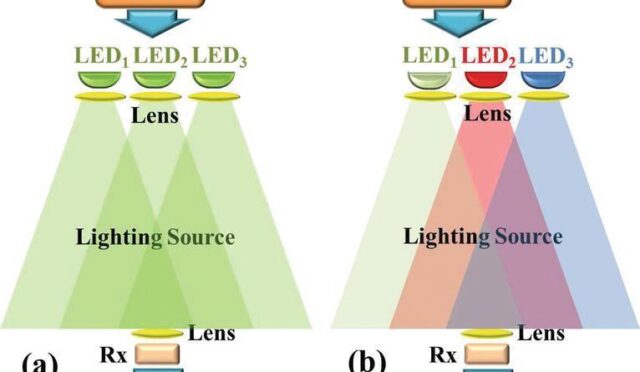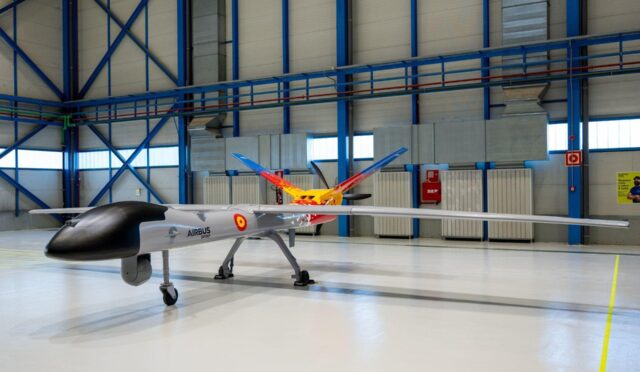AI Pilot in Gripen E Fighter Jet: Revolutionizing Air Combat
Saab’s Gripen E fighter jet recently achieved a remarkable milestone by integrating and flying with Helsing’s artificial intelligence (AI) pilot, known as “Centaur,” during a series of combat simulation trials conducted from May 28 to June 3. This groundbreaking event involved the execution of complex beyond visual range (BVR) combat operations, wherein a human pilot was present to oversee the AI pilot’s actions and regain control if necessary.
The third and final test on June 3 particularly focused on assessing Centaur’s performance while tracking a Gripen D target. This marks a pivotal moment in aviation history, being the first officially confirmed instance where an AI agent has assumed control over a real fighter jet during BVR conditions, as outlined in the innovative project named “Project Beyond” by Saab and Helsing. This initiative aims to explore the potential of AI in addressing future air combat threats.
A Leap into the Future of Air Combat
According to Marcus Wandt, Saab’s Chief Innovation Officer and test pilot, the rapid development and successful flight of the AI-integrated Gripen E are a testament to modern advancements in military aviation. “This is the future of air combat happening right now, in Europe. We achieved this in less than six months, moving from operational scenario definition to actual test flights,” Wandt stated.
The collaboration between Saab and Helsing is further supported by Sweden’s investment in Project Beyond as part of its Future Fighter systems program, signifying a strong commitment to technological prowess in defense.
Integration of AI into Gripen E’s Avionics
The integration of Centaur into the avionics architecture of the Gripen E took about six months, as explained by Saab official Johan Segertoft during an interview with Defense News. A notable aspect of the Gripen E’s design is the separation of hardware and software elements, which facilitated the collaboration with the AI pilot without being restricted to military test ranges or depending solely on experimental aircraft.
This flexibility allowed the Gripen to conduct flight trials with Centaur, showcasing the jet’s innovative adaptability and its potential for future combat missions.
Centaur’s Training and Performance Evaluations
Prior to the test flights, Helsing’s AI pilot, Centaur, engaged in intensive training within a simulator environment similar to the Gripen. This preparation enabled the AI to effectively “train against itself,” effectively gaining the equivalent of approximately 50 years of human flight experience, according to Antoine Bordes, VP of Helsing.
During the demonstrations, Centaur exhibited strategic decision-making capabilities, such as recommending missile launches and intuitively evading less favorable flight paths. Furthermore, the ground team rigorously assessed the AI pilot’s adaptability through various challenging scenarios.
Next Steps for AI Integration in Aviation
The evaluation during the flight tests did not only focus on Centaur’s operational efficiency but also involved manipulating key parameters, including testing its performance under varying distances, speeds, and angles. During the third flight, command and control data were intentionally disabled to further assess the AI’s resilience and functional adaptability.
Looking ahead, both Saab and Helsing have committed to conducting additional data analyses, further training, and flight tests through 2025, which will seek to bolster Centaur’s capabilities and enhance the overall functionality of AI within military aviation.







